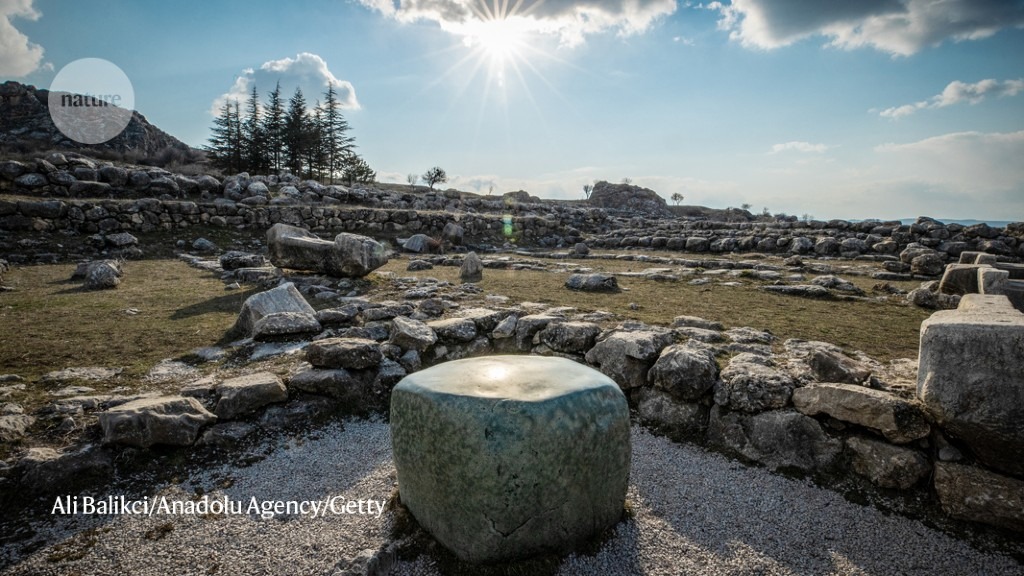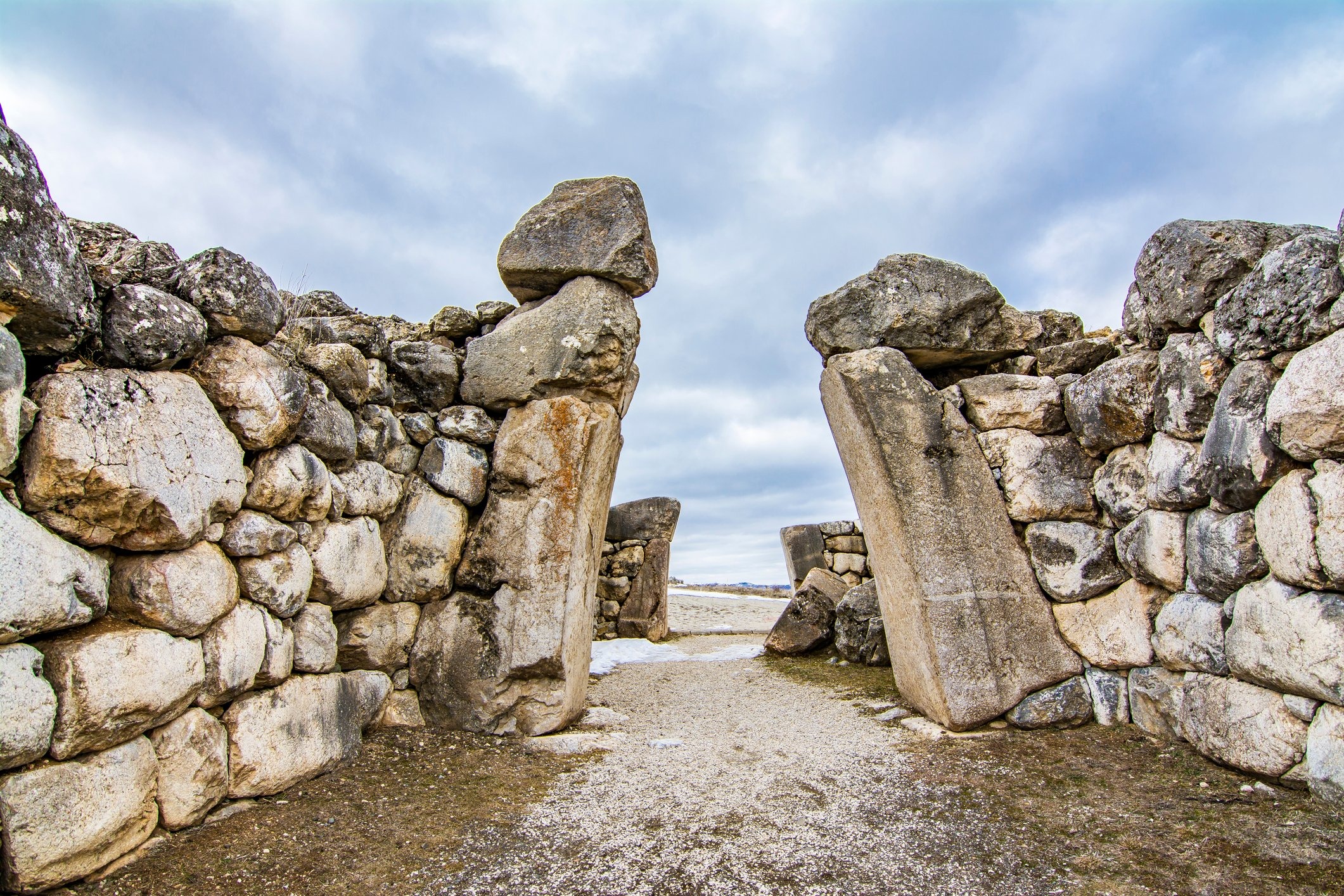A STUDY ON TREE RINGS BY CORNELL UNIVERSITY AND USING ISOTOPE RECORDS HAS SUGGESTED THAT THE COLLAPSE OF THE HITTITE EMPIRE WAS ACCELERATED BY DROUGHT.

The Hittites were an Anatolian people who established an Empire stretching across most of Anatolia, parts of the northern Levant and Upper Mesopotamia, centred on the capital of Hattusa near modern Boğazkale, Turkey.
Before the arrival of the Hittites, the region was inhabited by the Hattian people known as the “land of Hatti” around 2000 BC. The Hattians were absorbed into a new Hittite state either by conquest or gradual assimilation, but the origins of the Hittites are divisive, with some academics speculating a connection with the Yamnaya culture of the Pontic–Caspian steppe, the Ezero culture of the Balkans or the Maykop culture of the Caucasus.

Most of what we know about the Hittites comes from cuneiform text written in either Akkadian (the diplomatic language of the time) or in the various dialects of the Hittite confederation, and from diplomatic and commercial correspondence found in archives in Assyria, Babylonia, Egypt and the Middle East.
The collapse of the Hittite Empire in the Late Bronze Age has been blamed on various factors, from war with other territories to internal strife. Now, a Cornell University team has used tree ring and isotope records to pinpoint a more likely culprit: three straight years of severe drought.

In a paper published in the journal, Nature, archaeologists studied samples from the Midas Mound Tumulus at Gordion, a man-made 53-metre-tall structure located west of Ankara, Turkey.
The mound contains a wooden structure believed to be a burial chamber for a relative of King Midas, possibly his father. But equally important are the juniper trees – which grow slowly and live for centuries, even a millennium – that were used to build the structure and contain a hidden paleoclimatic record of the region.

The researchers looked at the patterns of tree-ring growth, with unusually narrow rings likely indicating dry conditions, in conjunction with changes in the ratio of carbon-12 to carbon-13 recorded in the rings, which indicate the tree’s response to the availability of moisture.
Their analysis finds a general shift to drier conditions from the later 13th into the 12th century BC, and they peg a dramatic continuous period of severe dryness to approximately 1198–96 BC, plus or minus three years, which matches the timeline of the Hittite’s disappearance.
“We have two complementary sets of evidence,” Manning said. “The tree-ring widths indicate something really unusual is going on, and because it’s very narrow rings, that means the tree is struggling to stay alive. In a semi-arid environment, the only plausible reason that’s happening is because there’s little water, therefore it’s a drought, and this one is particularly serious for three consecutive years. Critically, the stable isotope evidence extracted from the tree-rings confirms this hypothesis, and we can establish a consistent pattern despite this all being over 3,150 years ago.”
At three consecutive years of drought, hundreds of thousands of people, including the enormous Hittite army, would face famine, even starvation. The tax base would crumble, as would the government. Survivors would be forced to migrate, an early example of the inequality of climate change.
Severe climate events may not have been the sole reason for the Hittite Empire’s collapse, the researchers noted, and not all of the ancient Near East suffered crises at the time. But this particular stretch of drought may have been a tipping point, at least for the Hittites.
Leave a Reply